Starting a job in construction is both exciting and risky. Top safety challenges faced by new construction workers often stem from inexperience, lack of training, or overwhelming jobsite conditions.
Recognizing these challenges early and addressing them through targeted awareness and training is critical to preventing injuries and saving lives.
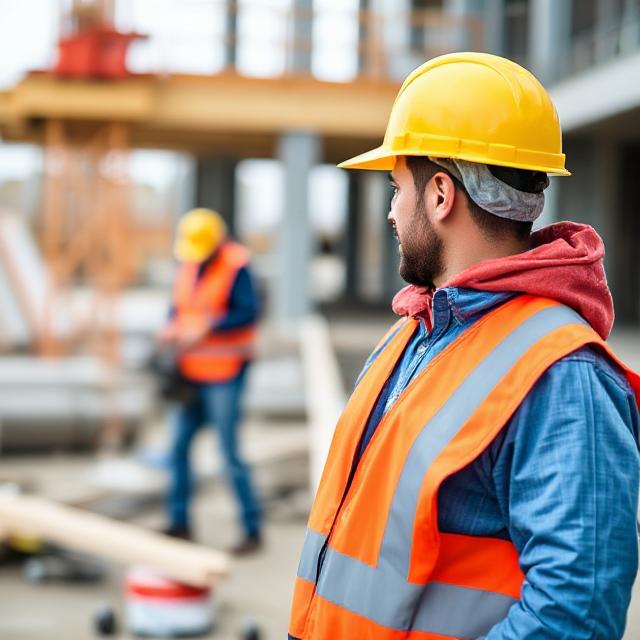
From falls to equipment mishandling, new workers are particularly vulnerable during their initial weeks on the job.
In this article, we explore the common safety risks they face and offer practical guidance for employers, supervisors, and new hires to foster a safer work environment.
- Lack of Familiarity with Safety Procedures
- Inadequate Personal Protective Equipment (PPE) Usage
- Miscommunication and Language Barriers
- Unfamiliarity with Equipment and Machinery
- Slips, Trips, and Falls
- Underestimating Heat, Cold, or Fatigue
- Pressure to Perform Quickly
- Incomplete Training or Safety Orientation
- Not Knowing When or How to Speak Up
- Complacency by Others
- Final Thoughts
Lack of Familiarity with Safety Procedures
New workers often step into environments filled with heavy machinery, power tools, and fast-paced operations. Without a firm grasp of safety protocols, they’re more likely to make errors that put themselves and others at risk.
Proper orientation and onboarding are essential. Employers must ensure that all new employees understand site-specific safety rules, emergency procedures, and hazard communication practices before beginning any task.
📌 Tip: Encourage mentorship programs where seasoned workers guide new hires through day-to-day safety expectations.
Inadequate Personal Protective Equipment (PPE) Usage
One of the top safety challenges faced by new construction workers is improper or inconsistent use of PPE.
Whether it’s not knowing when to wear a hard hat or how to fit ear protection correctly, many new workers underestimate the importance of PPE.
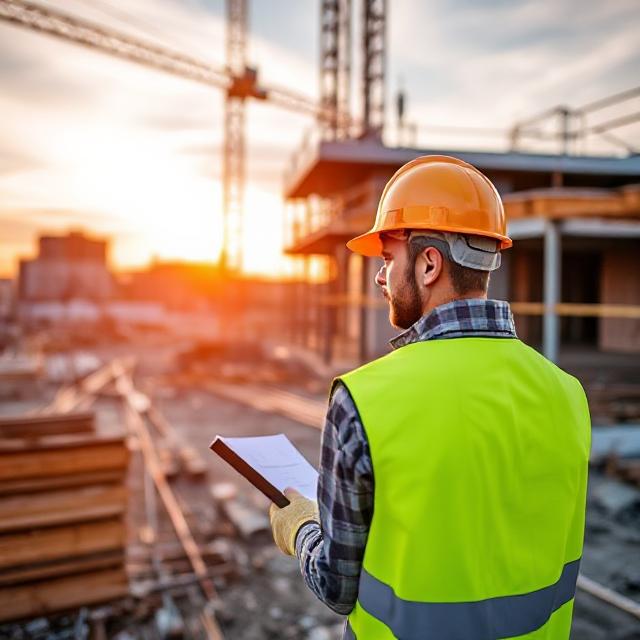
Training should include:
- Demonstrations on how to wear PPE correctly.
- Understanding what gear is needed for specific tasks.
- Reinforcement of PPE use through supervision and reminders.
👷 Internal link: Read more about Essential PPE for Different Job Roles on OHSE.ca.
🔗 External resource: OSHA PPE standards (DoFollow)
Miscommunication and Language Barriers
Construction sites rely on fast and clear communication. Misunderstanding directions—especially when dealing with hazards—can lead to major incidents. New workers, especially those who are not fluent in the jobsite language, may find it difficult to understand safety instructions or warnings.
To mitigate this:
- Use multilingual signage and training materials.
- Pair new workers with supervisors or peers who speak their language.
- Utilize visual aids to support safety messages.
📢 Visual communication tools like infographics or colored hazard tags can bridge the gap when words fail.
Unfamiliarity with Equipment and Machinery
Construction sites are filled with powerful machines—from forklifts to nail guns. For new workers, operating or even working near such equipment without proper training can be extremely dangerous.
Hands-on training should precede any equipment operation. Workers should also be taught to identify equipment-related hazards, such as pinch points, entanglement risks, and blind spots.
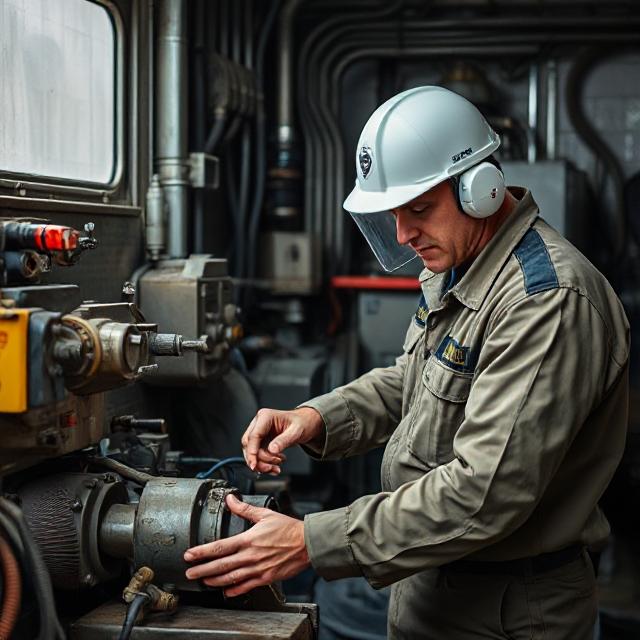
Learn about machine safeguarding basics (DoFollow – CDC NIOSH).
Check out our guide on Heavy Equipment Hazards: How to Stay Safe on Site.
Slips, Trips, and Falls
One of the leading causes of injuries for new and experienced construction workers alike is slips, trips, and falls. These hazards are even more dangerous for those unfamiliar with the layout of the jobsite.
New workers may not know:
- Where fall protection is required.
- How to inspect ladders and scaffolding.
- How to maintain proper balance while carrying materials.
Regular site inspections, adequate lighting, and clean work areas help reduce fall risks. Fall arrest training should be mandatory for all at-height work.
📉 Statistic: Falls account for over 33% of all construction fatalities, according to the U.S. Bureau of Labor Statistics.
Underestimating Heat, Cold, or Fatigue
New construction workers are often eager to prove themselves. This can lead to pushing through extreme heat, cold, or fatigue without taking breaks. However, ignoring the body’s warning signs can result in heatstroke, cold stress, or serious exhaustion-related incidents.
Worksite safety must prioritize rest, hydration, and shade. Rotating tasks and building break schedules into daily operations can prevent these physical stressors from escalating.
❄️ Related post: Managing Heat and Cold Stress for Forestry Workers – tips also apply to new construction hires.
Pressure to Perform Quickly
Another top safety challenge faced by new construction workers is the perceived pressure to perform fast. When new workers rush to keep up with more experienced teams, they may skip safety steps or take shortcuts.
Supervisors play a critical role in setting the tone: quality and safety must come before speed. Encouraging a “safety-first” culture prevents injuries and reinforces the long-term value of training.
🛑 Quote to remember: “It’s better to take one extra minute now than lose a lifetime later.”
Incomplete Training or Safety Orientation
It’s common for new workers to receive rushed or generic safety orientation, leaving out job-specific hazards. Without proper understanding of the risks tied to their actual tasks, new hires are more prone to accidents.
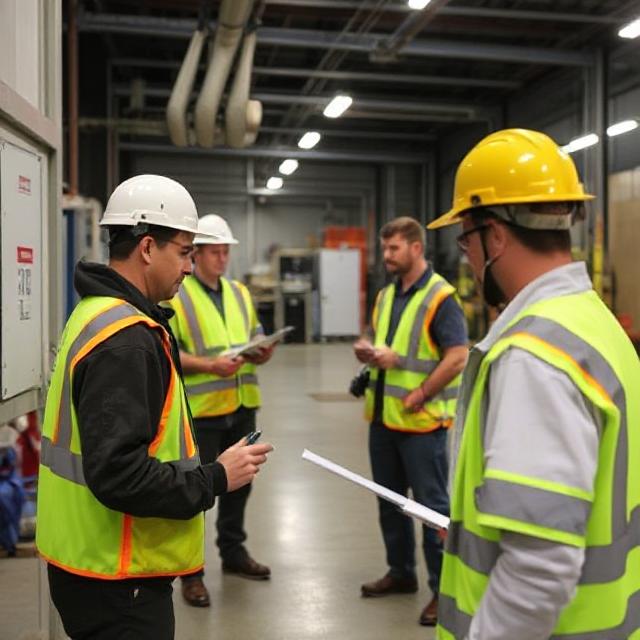
Effective safety orientation should:
- Be site-specific and role-relevant.
- Include demonstrations and job shadowing.
- Encourage questions and hands-on practice.
👨🏫 Tip: Refresher training in the first 30 days helps reinforce lessons as the worker becomes more independent.
Not Knowing When or How to Speak Up
New workers may hesitate to ask questions or report hazards, fearing they’ll appear inexperienced. This silence can lead to undetected risks escalating.
It’s important to create a psychologically safe work environment where all workers—regardless of experience—feel empowered to speak up. Toolbox talks, open-door policies, and positive reinforcement for hazard reporting are effective strategies.
🧠 Further reading: Explore our article on Psychological Safety: Building a Mentally Healthy Workplace.
Complacency by Others
Sometimes the greatest threat to a new worker’s safety is not their own behavior—but the complacency of others. Long-time workers may cut corners, ignore safety rules, or encourage risky shortcuts. When new workers mimic this behavior, it undermines their training.
Supervisors must hold all workers to the same safety standards. Reinforcing rules through consistent discipline and positive role modeling ensures new hires adopt safe habits from day one.
Final Thoughts
The top safety challenges faced by new construction workers are not insurmountable. Through clear training, strong communication, and a culture that prioritizes safety over speed, these challenges can be transformed into opportunities for growth and empowerment.
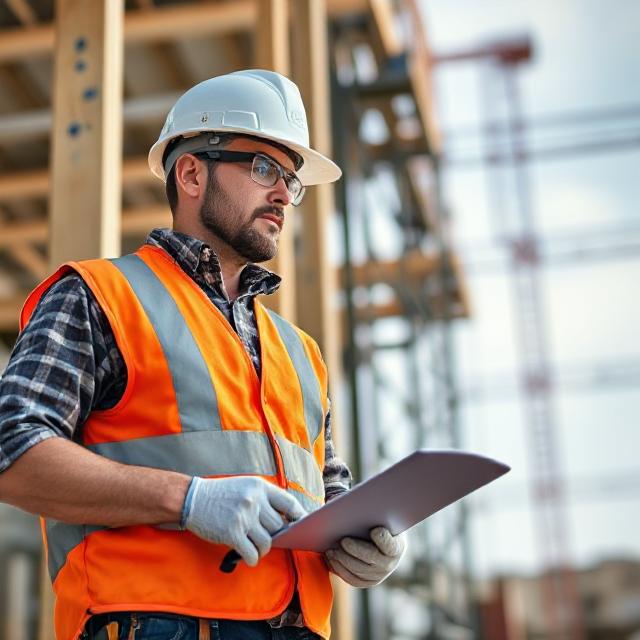
By recognizing these risks early, employers and supervisors can reduce incidents, increase retention, and build a safer, stronger workforce.

No comments yet